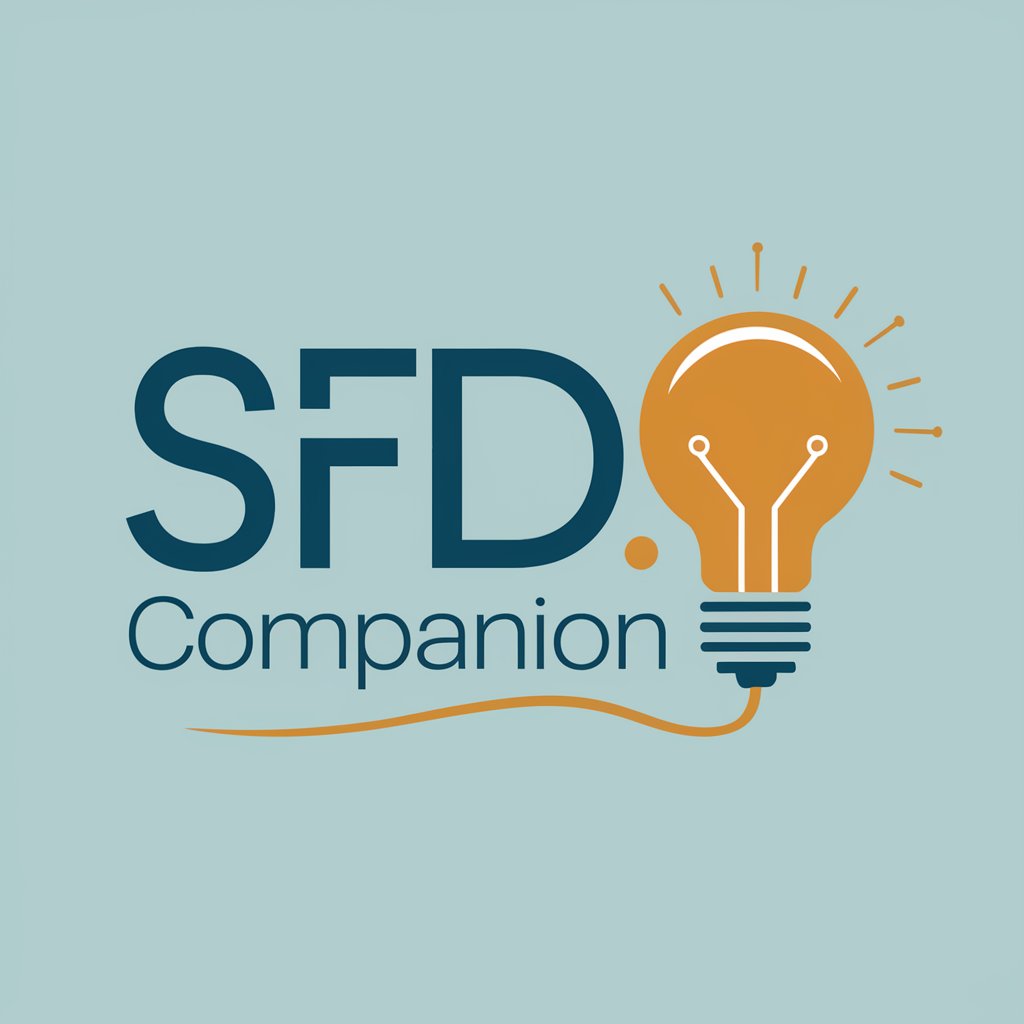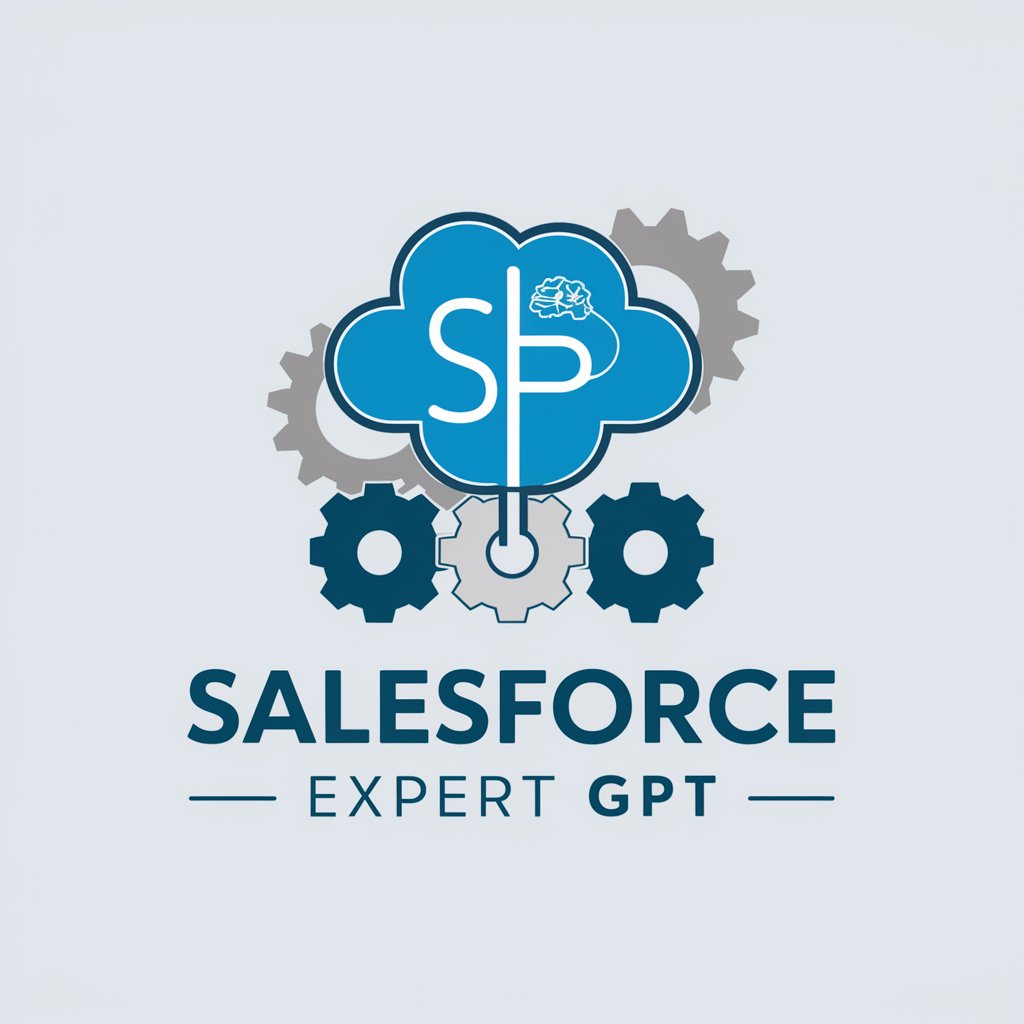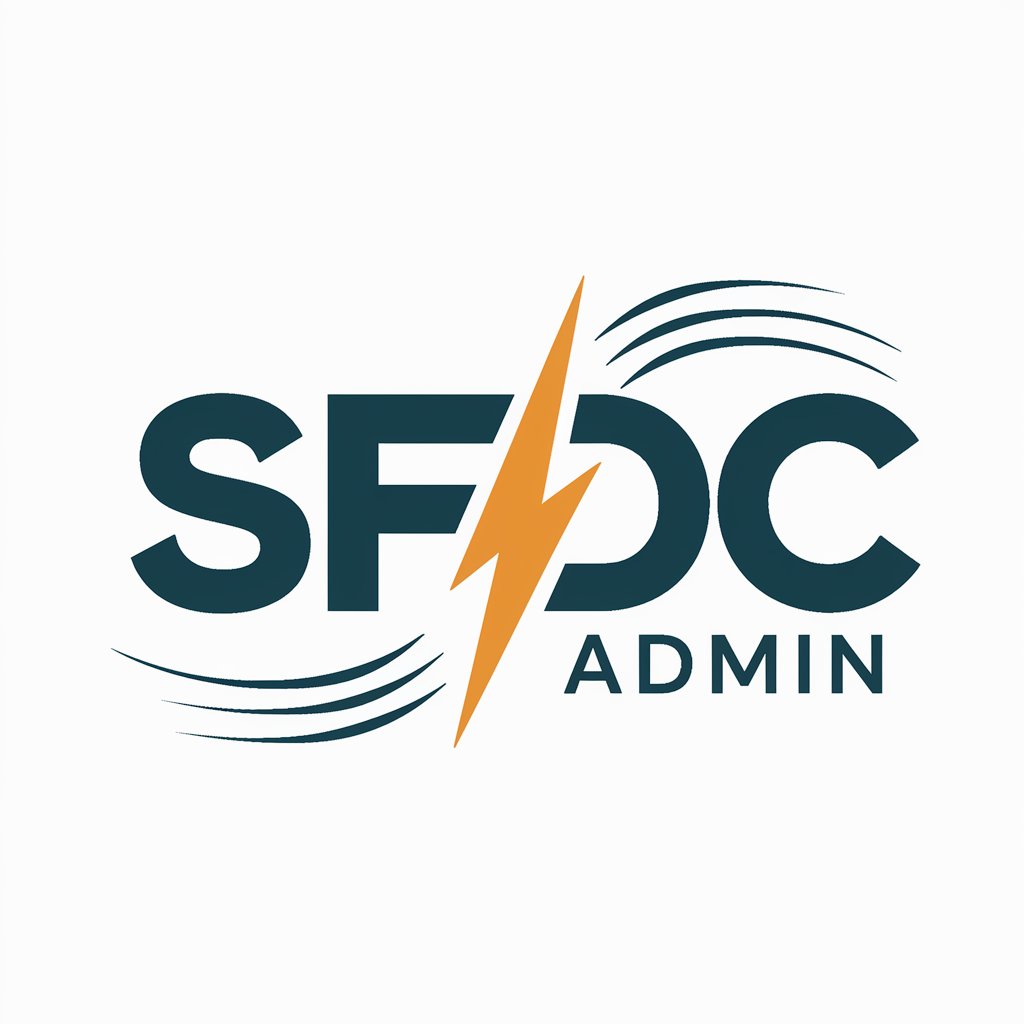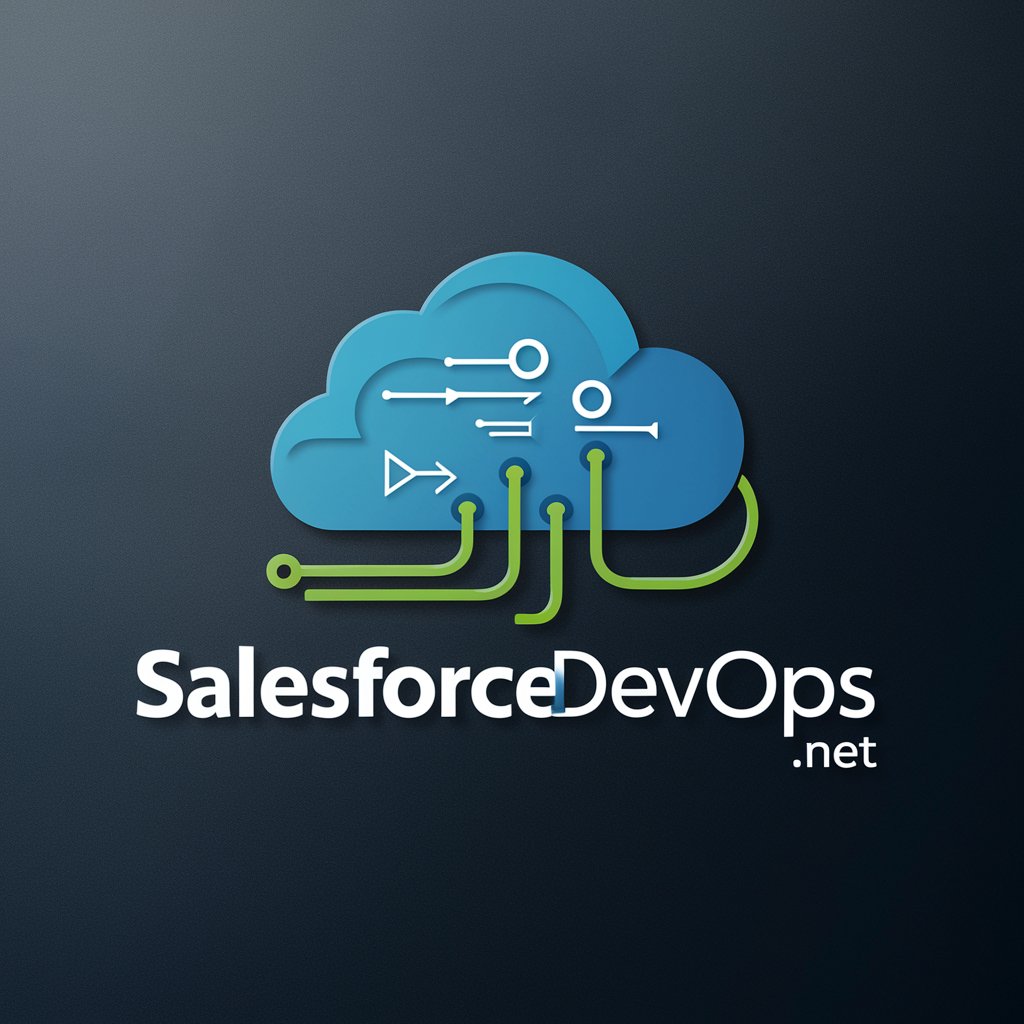
SFDC Dev - Salesforce Development Essentials

Hi, I'm SFDC Dev, your Salesforce development expert.
Empowering Salesforce customization with AI
How do I use APEX for custom development?
What are best practices for Salesforce data migration?
Can you guide me in integrating Salesforce with external APIs?
How to optimize Salesforce applications for better performance?
Get Embed Code
Overview of SFDC Developer
SFDC Developer, short for Salesforce Developer, is a specialized role focused on developing custom solutions within the Salesforce platform. These professionals utilize a variety of Salesforce-specific tools and languages, such as APEX, Visualforce, and Lightning Components, to create bespoke functionality and improve the user experience within Salesforce. Their design purpose is to enhance the Salesforce environment, ensuring it aligns with unique business requirements, thereby maximizing efficiency and leveraging the full potential of the Salesforce platform. For example, an SFDC Developer might design a custom APEX trigger to automate data synchronization between Salesforce and an external system, demonstrating the role's focus on customization and automation. Powered by ChatGPT-4o。

Key Functions of SFDC Developer
Custom Development
Example
Developing a Visualforce page to provide a bespoke user interface for a specific business process.
Scenario
A company needs a custom interface for their support team to manage customer queries more efficiently. The SFDC Developer creates a Visualforce page that integrates with their case management process, providing a tailored UI that streamlines operations.
Process Automation
Example
Creating a complex Flow to automate a multi-step approval process for expense reports.
Scenario
An organization requires an automated process to handle expense approvals. The SFDC Developer implements a Flow that automates the routing of expense reports based on certain criteria, notifies approvers, and updates records upon approval or rejection, reducing manual effort and processing time.
Data Management
Example
Designing a robust data model and implementing an ETL process for data migration.
Scenario
A business is consolidating its CRM systems into Salesforce. The SFDC Developer designs a data model to accommodate data from various sources and develops an ETL process using Data Loader and APEX scripts to ensure accurate and efficient data migration and integration.
Target Users of SFDC Developer Services
Salesforce Administrators
These individuals manage and configure the platform but may lack the technical expertise to implement custom code or complex integrations. They benefit from SFDC Developers' ability to extend Salesforce functionality beyond standard configurations, enabling more tailored solutions.
Business Analysts
Business Analysts identify needs and determine solutions within Salesforce. They collaborate with SFDC Developers to translate business requirements into technical specifications and ensure the developed solutions accurately address business needs.
IT and Project Managers
These professionals oversee Salesforce projects and require SFDC Developers to execute technical aspects of these projects. They rely on developers to ensure solutions are built to spec, delivered on time, and meet quality standards.

Using SFDC Dev: A Step-by-Step Guide
1. Start Your Journey
Begin by visiting a specialized platform like yeschat.ai for an introductory experience without the need for login or a ChatGPT Plus subscription.
2. Explore Features
Familiarize yourself with the Salesforce development environment, including APEX, Visualforce, and Lightning Components, to understand the tool's capabilities.
3. Engage with Documentation
Dive into the official Salesforce Developer documentation to grasp best practices and advanced features for custom development and system integration.
4. Practical Application
Start applying your knowledge by working on small projects or use cases, such as creating custom objects, writing APEX triggers, or building Lightning Components.
5. Seek Community Wisdom
Join the Salesforce Developer Community forums to share your experiences, ask questions, and gain insights from other seasoned developers.
Try other advanced and practical GPTs
Design Tag Genius
Optimize your designs with AI-driven precision.

Never Jobless - Land your dream job in PM
AI-powered path to MAANG PM roles

Cybersecurity Resume Wizard
Craft Your Cybersecurity Future with AI-Powered Resume Insights

Hair - Ai Haidresser
Personalized AI Hair Care Advisor

Local SEO Competitor Gap Analyzer
Bridge the Gap with AI-Powered SEO Analysis

Carbon Consultant
Empowering carbon intelligence with AI

Marine Tracker - Quotr
Navigating the seas with AI precision

Valo Crosshair Pro
Optimize Your Aim with AI-Powered Crosshair Customization

Active Campaign Expert
Empowering Campaigns with AI

Realty Listing Describer
Transforming property details into compelling stories.

Fluincy
Transforming Conversations into Solutions
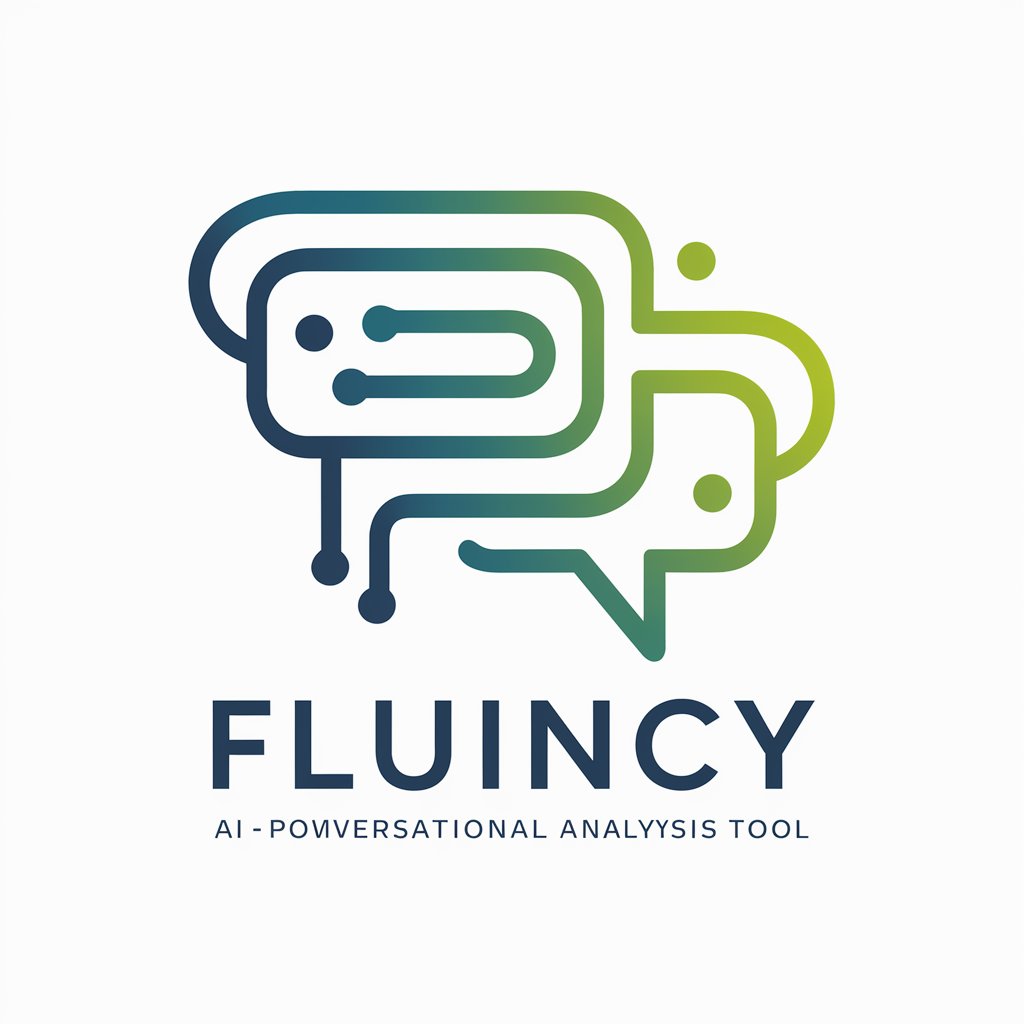
AmazonShopper
Your AI-Powered Shopping Assistant

Frequently Asked Questions about SFDC Dev
What is APEX in Salesforce?
APEX is a strongly typed, object-oriented programming language that allows developers to execute flow and transaction control statements on the Salesforce platform server in conjunction with calls to the API.
How can I customize the user interface in Salesforce?
Salesforce offers Visualforce pages and Lightning Components for UI customization, enabling developers to create tailor-made user experiences with dynamic, responsive interfaces.
What are the best practices for data migration in Salesforce?
Best practices include planning your data model carefully, using tools like Data Loader for bulk operations, ensuring data quality, testing migration processes in a sandbox environment, and having a rollback plan.
Can you explain the deployment process in Salesforce?
The deployment process involves transferring metadata from one Salesforce organization to another. This can be achieved using change sets, Salesforce DX, or third-party tools, ensuring version control and smooth transitions between development, testing, and production environments.
How do Salesforce integrations work?
Salesforce integrations typically involve connecting Salesforce with external systems using APIs (REST or SOAP), middleware tools like Mulesoft, or direct database connections to synchronize data and extend the platform's capabilities.

